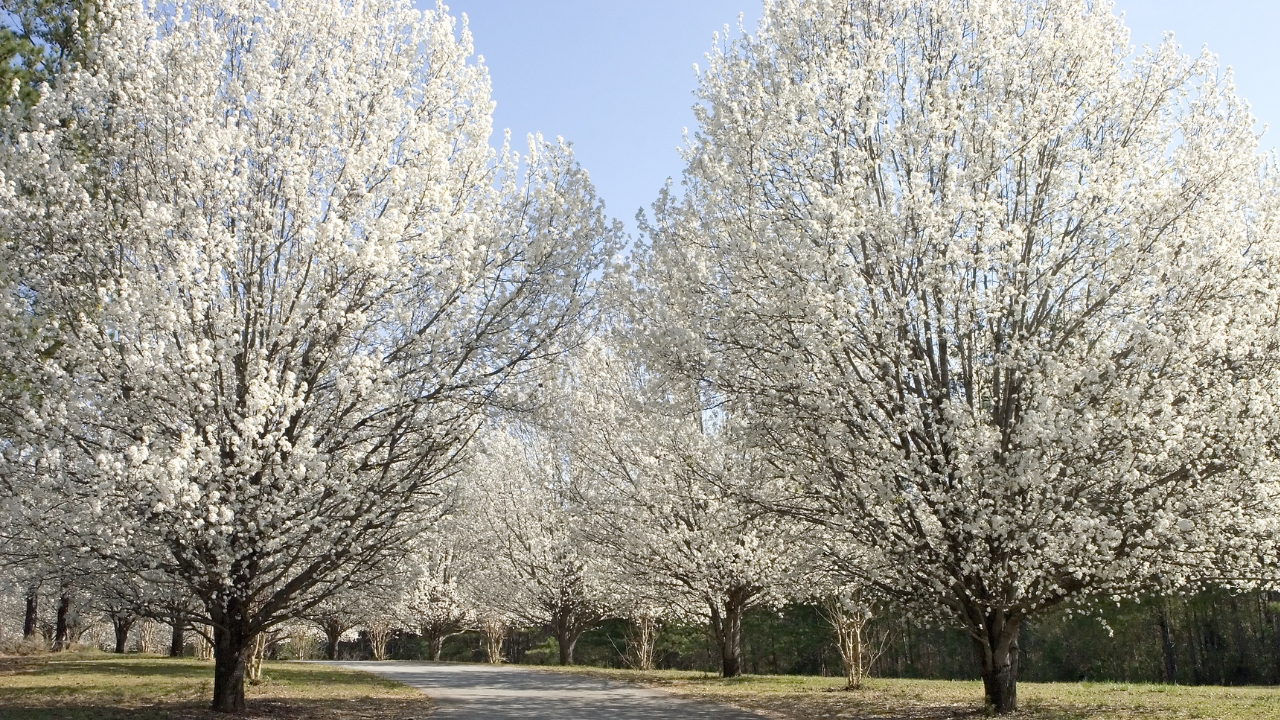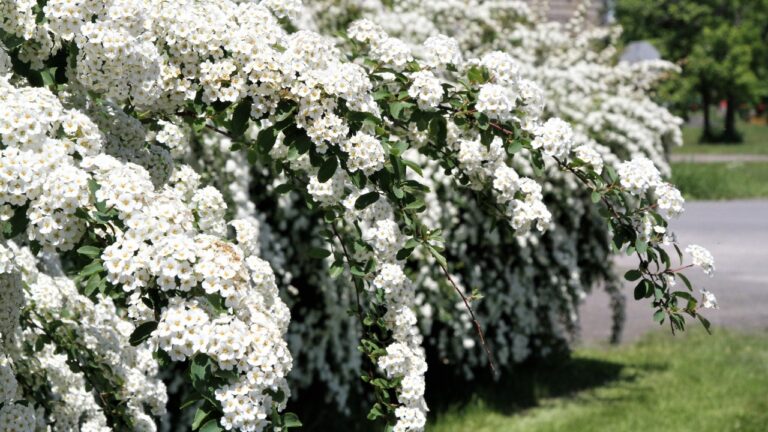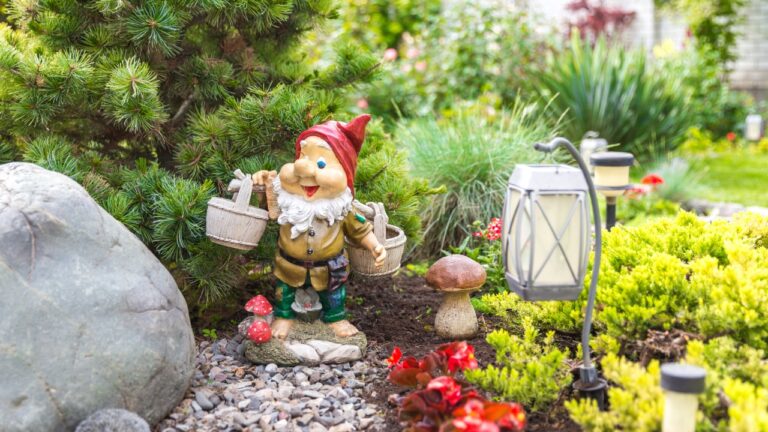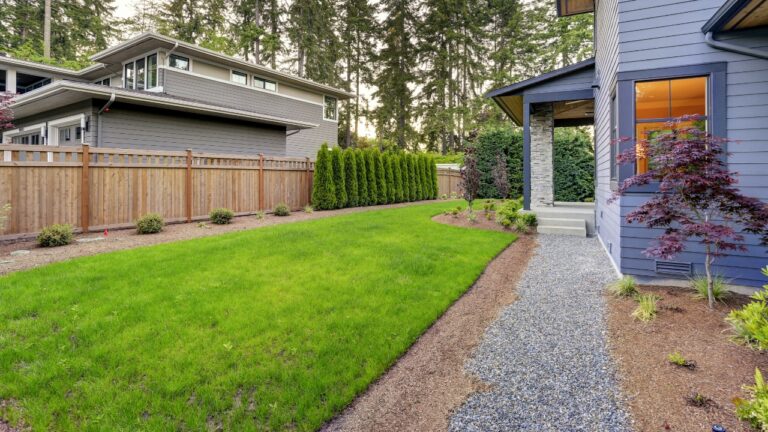10 Trees That Are Beautiful But Bad for Your Yard
Some trees look great at the nursery or in a neighbor’s yard, but once they’re planted in your own space, the problems start showing up. Whether it’s aggressive roots, nonstop debris, or weak limbs that break in storms, certain trees can turn into maintenance headaches or even cause property damage.
Before you add something new to your yard, it’s worth knowing which trees are more trouble than they’re worth—no matter how nice they look in spring.
Bradford Pear

These trees are known for their spring blooms, but they’re one of the most problematic choices for a yard. The weak branching structure makes them prone to splitting in storms, especially once they reach maturity. They also have an unpleasant smell when blooming and are considered invasive in many regions, spreading rapidly and choking out native species.
Silver Maple

Silver maples grow fast and provide shade early on, which is why they used to be a popular pick. But those shallow, aggressive roots can crack driveways, clog pipes, and lift sidewalks. The wood is also weak, making them more likely to drop limbs in bad weather. It might seem like a good shortcut to quick shade, but it’s rarely worth it long term.
Weeping Willow

They’re striking and dramatic, especially near water, but weeping willows come with a list of downsides. Their roots spread wide and shallow, hunting for water and damaging sewer lines or nearby foundations. They also need a lot of space and tend to drop a ton of twigs and leaves, which can be a pain to keep up with.
Sycamore

Sycamores have a strong presence with their tall trunks and peeling bark, but they’re messy and prone to disease. The leaves are large and slow to decompose, and the seed balls fall everywhere. They’re also magnets for fungal issues like anthracnose, which causes leaf drop and branch dieback. Not the best fit for a well-kept yard.
Cottonwood

Cottonwoods grow fast and tall, but they come with structural issues. The wood is soft and brittle, so branches snap easily in windstorms. They also release cotton-like fluff in spring that clogs gutters, air conditioners, and even covers nearby lawns. Between the mess and the weak limbs, it’s not a great match for most residential spaces.
Sweet Gum

While sweet gum trees have beautiful fall color, those spiky seed pods are a nightmare. They fall by the hundreds, are hard to rake, and can cause injuries if stepped on. The tree itself is hardy, but unless you want to spend every weekend clearing the yard, it’s more trouble than it’s worth in a suburban setting.
Tree of Heaven

This fast-growing tree is one of the most invasive around. It spreads aggressively through seeds and underground shoots, and once it’s established, it’s hard to remove. It can even release chemicals into the soil that inhibit the growth of nearby plants. Despite the name, it’s anything but heavenly if you’re trying to maintain a healthy yard.
Mimosa (Silk Tree)

Mimosas produce fluffy pink blooms that attract pollinators, but that’s about where the benefits end. They’re highly invasive in many areas and tend to drop pods, flowers, and leaves constantly. Their limbs are weak, and they’re prone to diseases like fusarium wilt. If you’re looking for low maintenance, this isn’t it.
Black Walnut

Black walnut trees are beautiful and provide dense shade, but they release a chemical called juglone into the soil, which is toxic to many plants. That means a lot of flowers and vegetables won’t grow anywhere near them. The nuts are also hard and heavy, making yard cleanup a serious chore every fall.
Russian Olive

Russian olive trees were once used for windbreaks and erosion control, but now they’re considered invasive in many parts of the U.S. They spread fast, crowd out native plants, and are hard to control once established. While they have a unique silvery look, they don’t belong in a residential landscape where balance and manageability matter.
*This article was developed with AI-powered tools and has been carefully reviewed by our editors.







